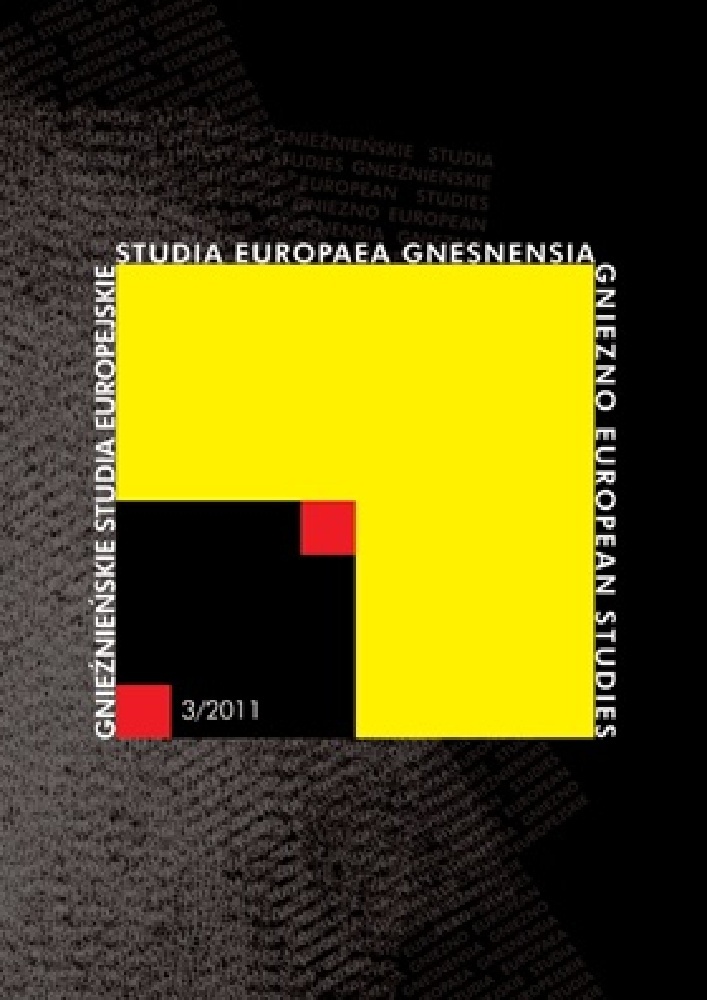Abstract
The purpose of this paper is to discuss extreme views on the sign (interpretable, hermeneutic) character of “humanist objects”, the so called artefacts, and the abuse of methodological choices which produce them. Apart from several introductory sen-tences, I shall remain, however, concerned with these objects, the thing in itself, rather than pseudo-philosophical meanderings “beyond the thing”. Simply, I would like to provide several examples, arguments against the criticised views.inning of the 1930s. Some of the travellers visited the state seeking to be reassured in their negative opinion. Others, in contrast, went there convinced that they travelled to a country of universal social justice. However, they did not realise to what an extent the programme of their visit depended on the Soviet propaganda machine. The combined reading of texts by Antoni Słonimski, Andre Gide, Melchior Wańkowicz and Bernard Shaw shows the USSR as a country whose directions of development are difficult to foresee.
Literaturhinweise
Bańkowski A., Etymologiczny słownik języka polskiego, Warszawa 2000.
Barthes R., Mit i znak, Warszawa 1970, s. 68–71. DOI: https://doi.org/10.1080/04597237008460235
Boryś W., Słownik etymologiczny języka polskiego, Kraków 2005.
Brückner A., Słownik etymologiczny języka polskiego, Warszawa 1985.
Długosz-Kurczabowa K., Słownik etymologiczny języka polskiego, Warszawa 2003.
Gawęcki J., Hryniewiecki L. (red.), Żywienie człowieka, 1, Podstawy nauki o żywieniu, Warszawa 2006.
Pawłowski T., Pojęcia i metody współczesnej humanistyki, Wrocław 1977, s. 297–298.
Philips W. (red.), Art and Psychoanalysis, Cleveland 1963, s. 148.
Quelques réflexions sur l’amour tristanien, [w:] D. Buschinger (red.), La légende de Tristan au Moyen Age, Göppingen 1982, s. 69–79.
Roux J.-P., Król. Mity i symbole, Warszawa 1998.
Szubelak B., Pugio czy parazonium narzędziem mordu w Idy Marcowe 44 r. przed Chr.?, [w:] L. Mrozewicz (red.), Idy Marcowe 2050 lat później, Poznań 2008, s. 111–119. DOI: https://doi.org/10.1080/03050060701809540
Ziółkowski A., Historia Rzymu, Poznań 2004.
Żygulski jun. Z., Broń w dawnej Polsce na tle uzbrojenia Europy i Bliskiego Wschodu, Warszawa 1982, s. 42, 43.
Lizenz
Copyright © 2011 by IKE and PTPN
